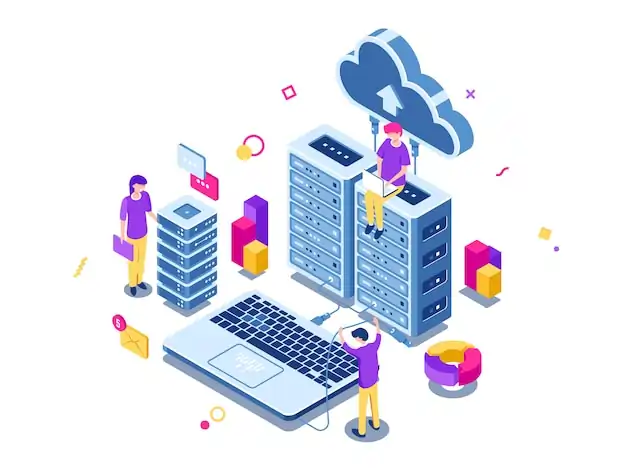
Here are eight points to help you understand Data Gateway in Power BI in layman’s terms with examples:
- Bridge between Your Computer and Cloud:
- Analogy: Think of Data Gateway as a bridge connecting your local computer to the cloud-based Power BI service.
- Example: You have sales data saved on your office computer, and you want to use Power BI in the cloud to create reports. The Data Gateway acts as the bridge that allows Power BI to securely access and use data from your computer.
- Enables Access to On-Premises Data:
- Analogy: Consider your on-premises data like a locked vault in your office.
- Example: Your company has critical financial data stored on servers within your office. The Data Gateway acts like a key that unlocks this vault, allowing Power BI in the cloud to pull in the necessary financial information securely.
- Ensures Data Security:
- Analogy: Picture the Data Gateway as a security guard ensuring only authorized personnel (Power BI) can access your office’s sensitive information.
- Example: You want to analyze HR data on Power BI, but it’s stored on your company’s local server. The Data Gateway ensures that only authenticated and authorized users in Power BI can access this sensitive HR data.
- Handles Real-Time Updates:
- Analogy: Think of the Data Gateway as a courier ensuring that any changes made locally are promptly delivered to the cloud.
- Example: You update your product inventory on your office computer. The Data Gateway ensures these real-time updates are reflected immediately in your Power BI reports in the cloud.
- Works Behind the Scenes:
- Analogy: Imagine the Data Gateway as a behind-the-scenes assistant making sure everything runs smoothly.
- Example: You schedule nightly data refreshes in Power BI to keep your reports up-to-date. The Data Gateway works quietly in the background, ensuring this process happens seamlessly without your direct involvement.
- Supports Scheduled Refresh:
- Analogy: Think of Data Gateway as an alarm clock for your data, waking it up at specific times to refresh.
- Example: Your sales data is updated daily. With Data Gateway, you can schedule Power BI to automatically refresh and pull in the latest sales figures from your local server every morning.
- Facilitates Collaboration:
- Analogy: Consider Data Gateway as a shared document that everyone in your team can access and contribute to.
- Example: Different team members across the globe need to collaborate on a single Power BI report. Data Gateway allows them to connect to the shared company data stored locally, ensuring a unified and collaborative reporting experience.
- Extends Power BI Capabilities:
- Analogy: Think of Data Gateway as a magical extension cord that stretches Power BI’s reach to your local data.
- Example: Your company uses specialized software to manage project timelines. Data Gateway lets you integrate this local project data seamlessly into your Power BI dashboards, extending the capabilities of Power BI to include this critical information.
In essence, Data Gateway acts as a secure and efficient link between your local data and the broader capabilities of Power BI in the cloud, enabling seamless collaboration, real-time updates, and secure access to on-premises information.
